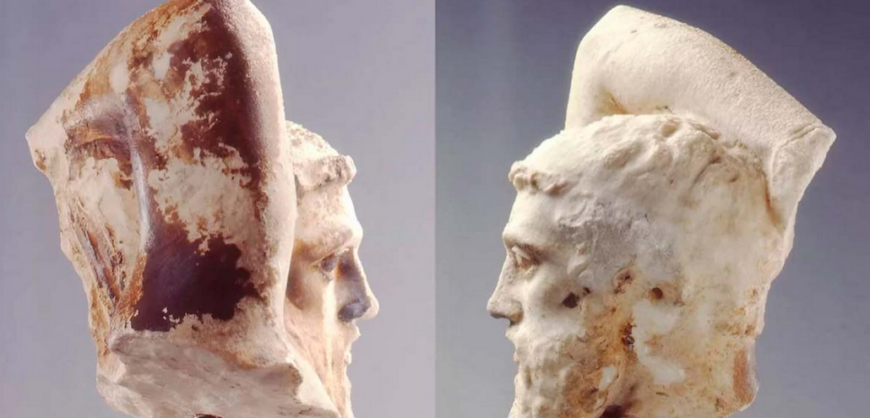For almost 200 years, archaeologists have been puzzled by a mysterious brown stain on the ancient Greek Parthenon temple in Greece. Now, researchers have conducted new scientific analyses, and their verdict is clear: The mystery remains.
At the National Museum in Copenhagen, Denmark, there is a marble head that was once part of the ancient Greek Parthenon temple on the Acropolis in Athens. The head originally belonged to a centaur figure and was part of a scene depicting the Greek mythological Lapiths’ battle against the centaurs (mythical creatures that were half-horse, half-human).
For reasons that have yet to be explained, parts of the centaur head are coated with a thin brown film, as are several other marble fragments from the Parthenon.
Britain’s Dragonfire laser weapon engages first aerial targets
Pondering the Dubious Brown Substance
The mysterious brown film was first examined by the British Museum in 1830.
Back then, attempts were made to determine if the color originated from ancient paint, but it was eventually concluded that it might be a result of a chemical reaction between the marble and the air, or that the marble contained iron particles that had migrated to the surface, coloring it brown.
Continue here: Ancient Origins





































